Animals
-
 Health & Medicine
Health & MedicineGeneticists get closer to knowing how mosquitoes sniff out our sweat
Scientists have found that a protein in the antennae of some mosquitoes detects a chemical in human sweat.
By Susan Milius -
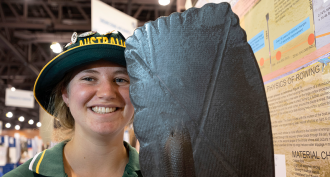 Animals
AnimalsBumpy edges could be key to record-breaking oars
Inspired by the bumpy edges of flippers on a humpback whale, an Australian teen has redesigned oars for use by competitive rowers.
By Sid Perkins -
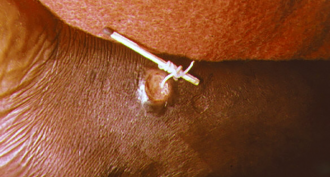 Animals
AnimalsScientists Say: Guinea worm
Scientists and health care workers are working to eradicate this parasite, which causes a painful condition called Guinea worm disease.
-
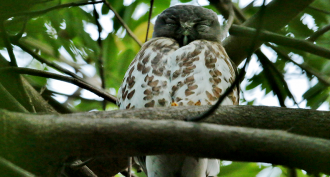 Animals
AnimalsTwo teens pull DNA from birds out of the air
Animals shed DNA into their environment. Usually scientists find it in water or soil. Now, two teens have figured out how to capture this “environmental DNA” from air.
-
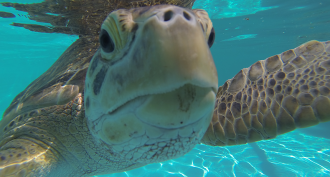 Animals
AnimalsTeen designs belt to hold down a sea turtle’s bubble butt
Sea turtles hit by boats can develop an injury called “bubble butt syndrome.” One teen invented a vest to help them dive again.
-
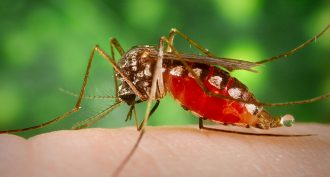 Health & Medicine
Health & MedicineTesting mosquito pee could help track disease spread
A new way to monitor the viruses that wild mosquitoes have picked up passes its first outdoor test. The method uses mosquito urine.
By Susan Milius -
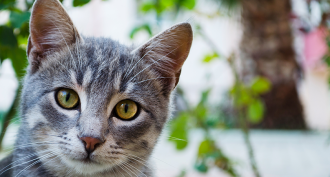 Animals
AnimalsYes, cats know their own names
Cats can tell their names apart from other spoken words. A new study supports what cat owners the world over had suspected.
-
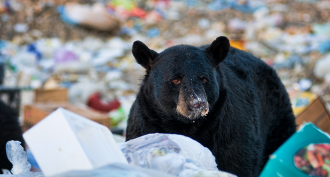 Animals
AnimalsBears that eat human ‘junk food’ may hibernate less
Wild black bears snacking on leftovers of sugary, highly processed foods show possible signs of faster cellular wear.
By Susan Milius -
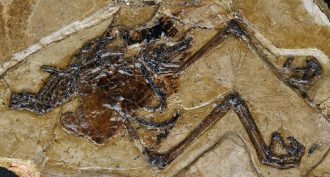 Fossils
FossilsPaleontologists find the first fossilized egg inside an ancient bird
For the first time, paleontologists have found an unlaid egg inside an ancient bird fossil. That egg may have caused its mother’s death.
-
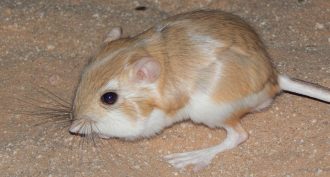 Animals
AnimalsDesert kangaroo rats ninja-kick attacking rattlesnakes
High-speed cameras reveal desert kangaroo rats’ lightning-fast defensive moves.
By Mike Denison -
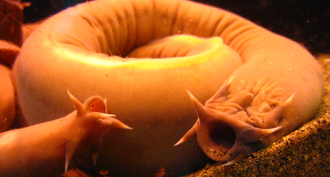 Animals
AnimalsA new fossil shows how hagfish went back to basics
A new fossil hagfish shows these animals aren’t as primitive as researchers had assumed.
By Riley Black -
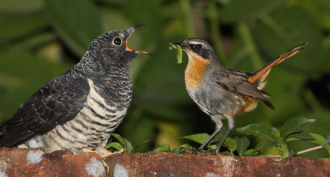 Animals
AnimalsWhen parenting goes cuckoo
Brood parasites are animals that trick another species into raising their young. This is known among birds, fish and insects.
By Roberta Kwok